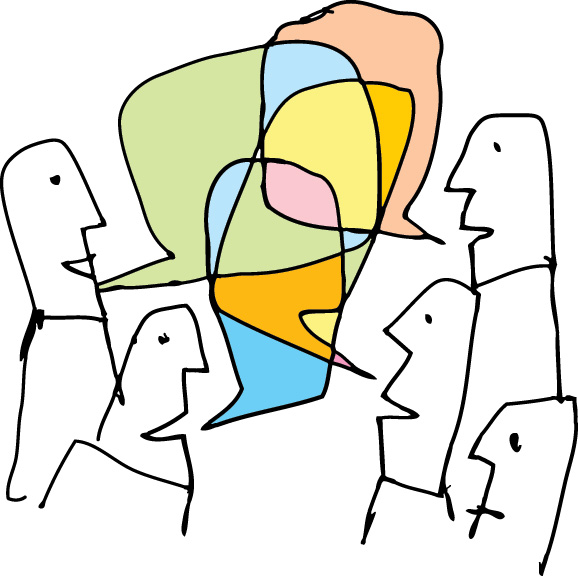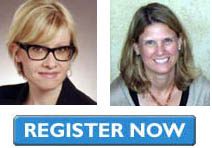[Casey Rae-Hunter is the communications director for Future of Music Coalition - a national, nonprofit education, research and advocacy organization for musicians. He has generously given us permission to republish this article which originally appeared on the Future of Music Coalition website .]
 In the almost ten years that the Future of Music Coalition has existed, we’ve seen tremendous changes in the way musicians go about reaching and cultivating fans. Perhaps the biggest development in our decade on the scene is in how artists are using the internet.
In the almost ten years that the Future of Music Coalition has existed, we’ve seen tremendous changes in the way musicians go about reaching and cultivating fans. Perhaps the biggest development in our decade on the scene is in how artists are using the internet.
It’s safe to say that nearly all of the exciting things that have gone down online are the result of net neutrality — the principle that protects the open internet.
Net neutrality has inspired incredible displays of creativity and entrepreneurship, as musicians adopt and devise new ways to inspire fans and create a buzz. From OK Go’s famous YouTube videos to Erin McKeown’s “Cabin Fever” concerts to bands booking tours and cross-promoting, the internet lets all artists compete on an equal technological footing with the biggest companies.
Today’s artists use their web presence not only to sell music and merchandise, but also an amazing array of innovative content — all without interference from gatekeepers. Contrast this with the traditional music industry, where artists required significant financial backing to reach potential listeners.
But without net neutrality, all this — and many other things we’ve come to take for granted online — could be in jeopardy.
Currently, a handful of powerful Internet Service Providers (IPSs) are putting pressure on the Federal Communications Commission to “tone down” its planned introduction of expanded net neutrality principles (and the accompanying public discussions) on the way to possible rulemaking.
Why are the ISPs and their lobbyists in such a tizzy? Well, for one, they want to be able to charge content providers (you, know, people like musicians who put stuff on the web) a higher fee for the faster delivery of their sites and services. Those who couldn’t afford to — or didn’t want to — pay the “toll” would be stuck in the slow lane of the information superhighway.
But that’s not the only reason that net neutrality (ie, the internet as we know it) is so important to preserve.
Last year’s FCC investigation into whether Comcast interfered with users’ ability to send and receive data using the BitTorrent protocol revealed that even the King James Bible was being unfairly blocked. In 2007, AT&T censored political speech by Pearl Jam’s Eddie Vedder during the exclusive webcast of the band’s appearance as part of the Lollapalooza festival. The latter incident indicates the danger of allowing a single carrier to make decisions about what kind of speech it considers “appropriate.”
Clearly, there’s a need for clear and transparent rules about what Internet Service Providers are allowed to do in terms of managing their networks. While there are certainly important discussions to be had about how to ensure a smooth experience for subscribers, any ISP activities that target or discriminate against lawful content in order to establish a marketplace advantage is contrary to what makes the internet the most important communications platform of our time.
Naturally, there are are concerns about protecting copyright and intellectual property online. Keep in mind that FMC supports artists’ rights to have control over their creative expressions, as well as their ability to access potential audiences. Yet any solutions to unlawful filesharing are likely to be the product of a neutral net. (There are currently reports that because of new legal services, filesharing is becoming passé — globally, anyway.) The growth of the broadband marketplace — despite limited competition due to a cable/telecommunications duopoly — has helped lay the cornerstone for a legitimate digital music marketplace. These days, there are tons of exciting, legal ways to experience music online, and more are on the way. To abandon net neutrality is to starve this marketplace of the very oxygen it needs to grow and flourish. Besides, do you really want to hand over they keys to digital music innovation to your phone or cable company?
FMC started its Rock the Net campaign in 2007 because we recognize that musicians are not only America’s cultural ambassadors, but also part of its entrepreneurial backbone. Just about everywhere you look, artists are finding new platforms to turn people on to their music. In the absence of net neutrality, these platforms may be only available to those who could cut big-money deals with the telecom and cable companies — or worse, the platforms may never be built at all due to an “innovation drain” that could result from a lack of open structures.
More recently, we were thrilled to have Senator Al Franken talk about the importance of net neutrality in a speech at the 2009 Future of Music Policy Summit. This year’s conference also saw a keynote from FCC Chairman Julius Genachowski — check out C-SPAN video of both speeches here.
This fight to preserve the open internet has been going on for some time. Now that we’re close to having net neutrality become the law of the land, it’s little surprise that the big telecom and cable companies are pushing back. But that shouldn’t stop you from letting the world know about your support of an internet that’s open to all. Why not write a song or make a YouTube video about it? And if you do, be sure to let us know and we’ll help spread the word!
 In a world where we are bombarded with thousands of marketing messages every day, our society has grown hyper-aware (and hyper-wary) of advertising in all its mutated forms – from magazine ads to product placement in television shows, from celebrities dropping brand names during interviews to Facebook pages used solely to increase ticket sales. When it comes to using social media, motivation is a key factor in forecasting whether an organization’s efforts will succeed or fail.
In a world where we are bombarded with thousands of marketing messages every day, our society has grown hyper-aware (and hyper-wary) of advertising in all its mutated forms – from magazine ads to product placement in television shows, from celebrities dropping brand names during interviews to Facebook pages used solely to increase ticket sales. When it comes to using social media, motivation is a key factor in forecasting whether an organization’s efforts will succeed or fail.





 As the Web & Social Media Assistant at the
As the Web & Social Media Assistant at the  L. Corwin Christie graduated from Oberlin College before moving to Denver and founding a theatrical production company. Her work in development and marketing inspired her to attend Carnegie Mellon University's Arts Management graduate program. She recently worked as the Social Media Assistant at the Center for Arts Management and Technology, and is the current Marketing Director of
L. Corwin Christie graduated from Oberlin College before moving to Denver and founding a theatrical production company. Her work in development and marketing inspired her to attend Carnegie Mellon University's Arts Management graduate program. She recently worked as the Social Media Assistant at the Center for Arts Management and Technology, and is the current Marketing Director of 



 In the almost ten years that the Future of Music Coalition has existed, we’ve seen tremendous changes in the way musicians go about reaching and cultivating fans. Perhaps the biggest development in our decade on the scene is in how artists are using the internet.
In the almost ten years that the Future of Music Coalition has existed, we’ve seen tremendous changes in the way musicians go about reaching and cultivating fans. Perhaps the biggest development in our decade on the scene is in how artists are using the internet.